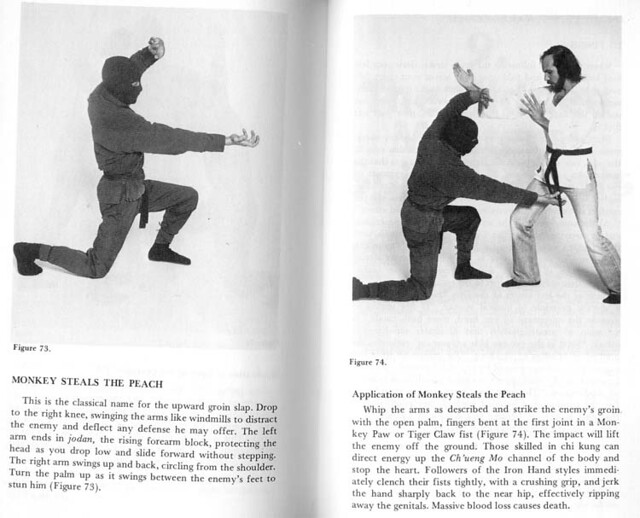 A few weeks back, while returning from Portland, oregon—did I mention i still have an epic post about Portland to write?—I did a little experiment on my flight back East. On the first leg from Portland to Salt Lake City I bought wireless on the airplane for $12.99, thinking I would be in the air for roughly 6 or 7 hours, and it might be fun to tweet from 30,000 feet. On the short flight from Portland to SLC @Scottlo trie brining me in via Skype to his ds106radio show, but it turns the connection was not solid enough. What’s more, when i checke what applications I could and couldn’t use VOIP and Skype were forbidden, however it didn’t say anything about streaming audio. So, on the second, longer leg of the journey home from SLC to Washington, D.C. I got on the internet again an found the connection much stronger. So much so that I decided to try my Papaya app to see if I could live stream audio, and it turns out I could quite clearly. So, sticking to the wireless guidelines I figured I was totally in compliance. And below is a minute or two of this broadcast from 30,000 feet wherein I let the stewardess know she was live on ds106radio. She was not too pleased with me, she told me it was illegal to be on the radio while in the air on a plane, but I quickly countered “it’s not radio, it’s the internet ma’am.” And that is true, ds106radio both is and isn’t radio simultaneously, and my response was both preservation an a certain amount of truth. Why is radio illicit, but not Twitter or Facebook? Why streaming video, but not streaming live audio as radio? Why do we still feel the need to call ds106raio radio? I’m not sure of any of the answers, but I think that within the old metaphorical forms we use to understand the new there is both intense sense of potential and limits all at once, the 30,000 foot broadcast realized both of them immediately and intensely simultaneously. A post 9-11 broadcasted flight has strange new overtones, everywhere an everyone is always already being streamed, the vision of the future is a struggle between these points of light an strength.
A few weeks back, while returning from Portland, oregon—did I mention i still have an epic post about Portland to write?—I did a little experiment on my flight back East. On the first leg from Portland to Salt Lake City I bought wireless on the airplane for $12.99, thinking I would be in the air for roughly 6 or 7 hours, and it might be fun to tweet from 30,000 feet. On the short flight from Portland to SLC @Scottlo trie brining me in via Skype to his ds106radio show, but it turns the connection was not solid enough. What’s more, when i checke what applications I could and couldn’t use VOIP and Skype were forbidden, however it didn’t say anything about streaming audio. So, on the second, longer leg of the journey home from SLC to Washington, D.C. I got on the internet again an found the connection much stronger. So much so that I decided to try my Papaya app to see if I could live stream audio, and it turns out I could quite clearly. So, sticking to the wireless guidelines I figured I was totally in compliance. And below is a minute or two of this broadcast from 30,000 feet wherein I let the stewardess know she was live on ds106radio. She was not too pleased with me, she told me it was illegal to be on the radio while in the air on a plane, but I quickly countered “it’s not radio, it’s the internet ma’am.” And that is true, ds106radio both is and isn’t radio simultaneously, and my response was both preservation an a certain amount of truth. Why is radio illicit, but not Twitter or Facebook? Why streaming video, but not streaming live audio as radio? Why do we still feel the need to call ds106raio radio? I’m not sure of any of the answers, but I think that within the old metaphorical forms we use to understand the new there is both intense sense of potential and limits all at once, the 30,000 foot broadcast realized both of them immediately and intensely simultaneously. A post 9-11 broadcasted flight has strange new overtones, everywhere an everyone is always already being streamed, the vision of the future is a struggle between these points of light an strength.
Jim Groom airplane cast ds106radio hostess by easegill
Audio special thanks to the amazing Easegill archiving an uploading to SoundCloud
Also, Alan Levine picked up on the madness, and immediately remixed Nigel’s audio with a James Bond theme, which was brilliant.
What’s more, the redhot Giulia Forsythe (who is enfuego) went ahead and made a video for ds106airlines—brilliant!
Yeah, these are the kind of insanely creative people I hang out with online, where everything seems to happen at the altitude of 30,000 feet of awesome.










